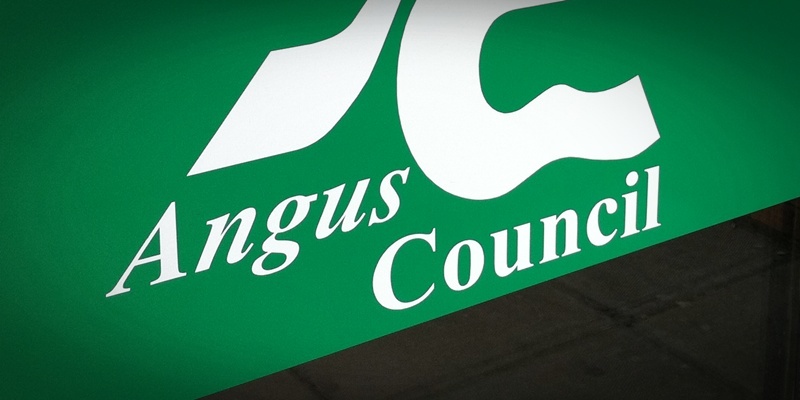Council staff have been working hard to reduce the amount of working days lost to illness in Angus.
A paper from chief executive Richard Stiff reports a general decline in sickness absence across services during the third quarter of last year.
Absence for one day accounted for 6% of total days lost, but those of more than 20 days accounted for 58%.
As a percentage of days lost against possible working days, that period saw 4.33% of days lost against 4.71% for the same time in 2010.
This works out at 9,240 working days for council employees and 816 for teachers, down from 10,387 and 977 respectively.
Every department saw a decrease for the period against July to September last year, apart from corporate services (3.55% to 4.04%) and neighbourhood services (5.4% to 5.81%).
A council spokesman said: ”The council welcomes this latest drop in the sickness absence figures which reflect our robust policies in managing sickness absence while supporting the health of our staff.
”Statistics show that Angus has the sixth best record among Scottish councils for the number of working days lost through sickness absence for non-teaching employees.
”We recognise that any organisation will incur a certain level of staff sickness absence, but it is encouraging to note that continued application of our absence management policy in a fair, equitable and supportive manner has resulted in a reduction in the figures during the period from July to September 2011 for both teaching and non-teaching staff.”
The reduction follows a two-year period in which council staff took the equivalent of 314 years in sick days.
The figures added up to 114,963 days off or 314 years.
The council revealed that 59,198.5 days were lost to sickness in 2008/09, with 26 employees absent for more than six months.
The figure dropped to 55,764.5 days in 2009/10, with 17 staff off for more than six months.
